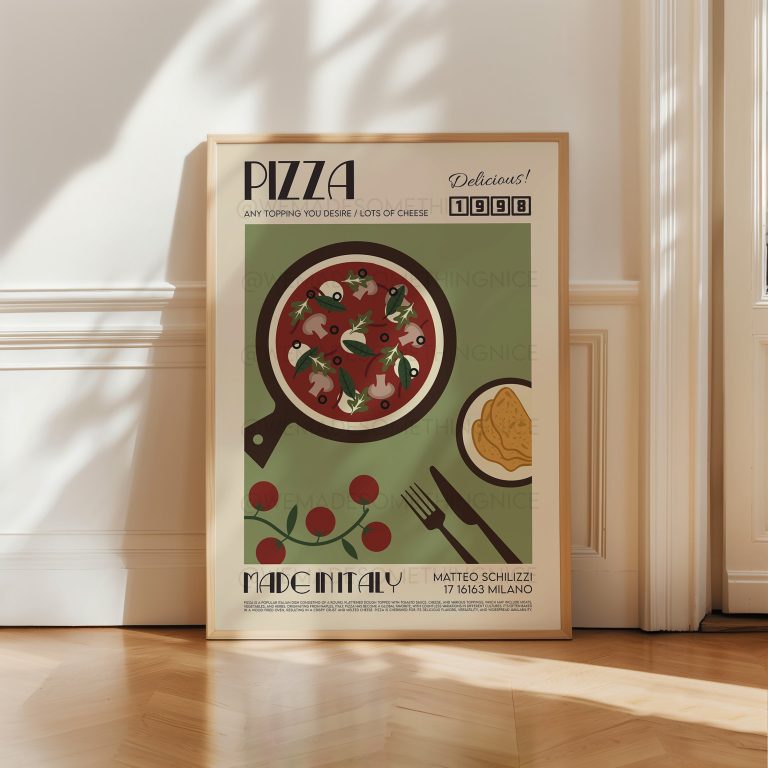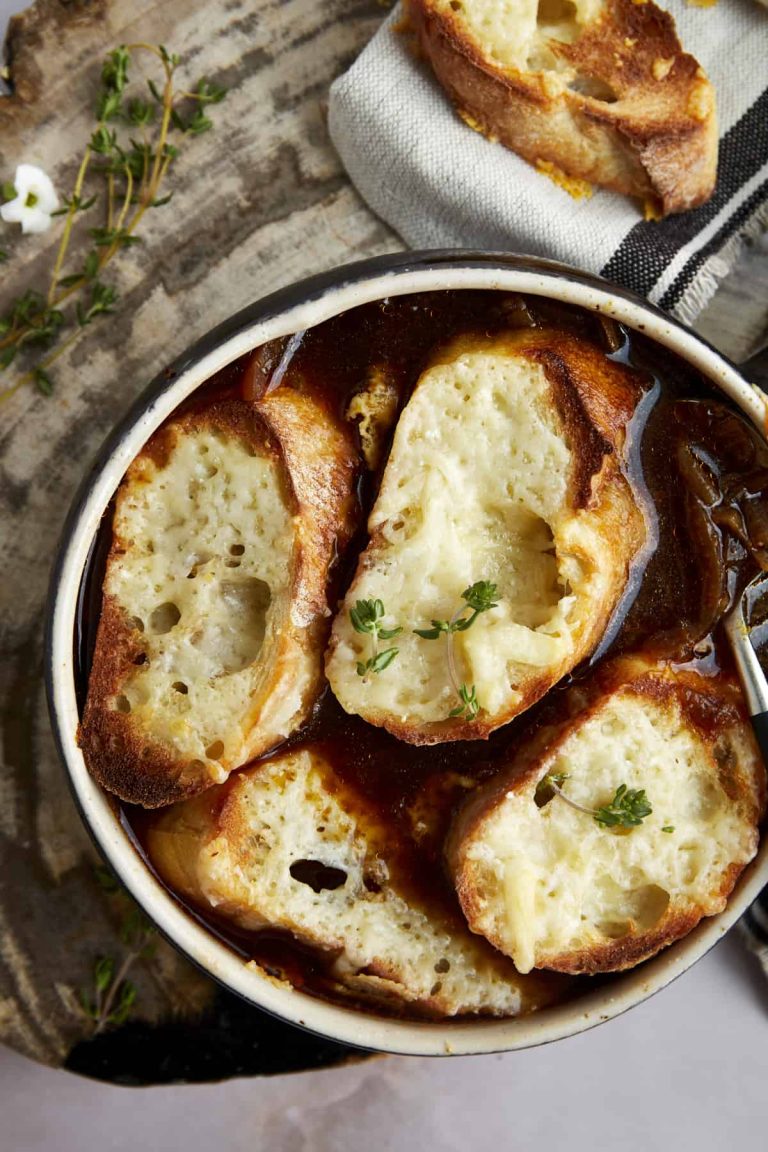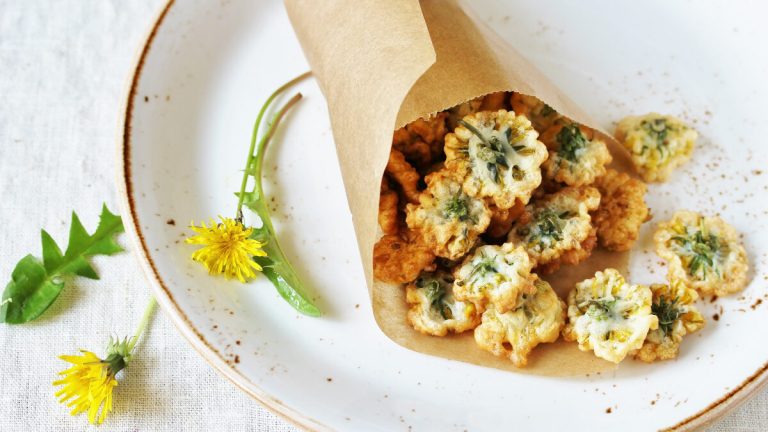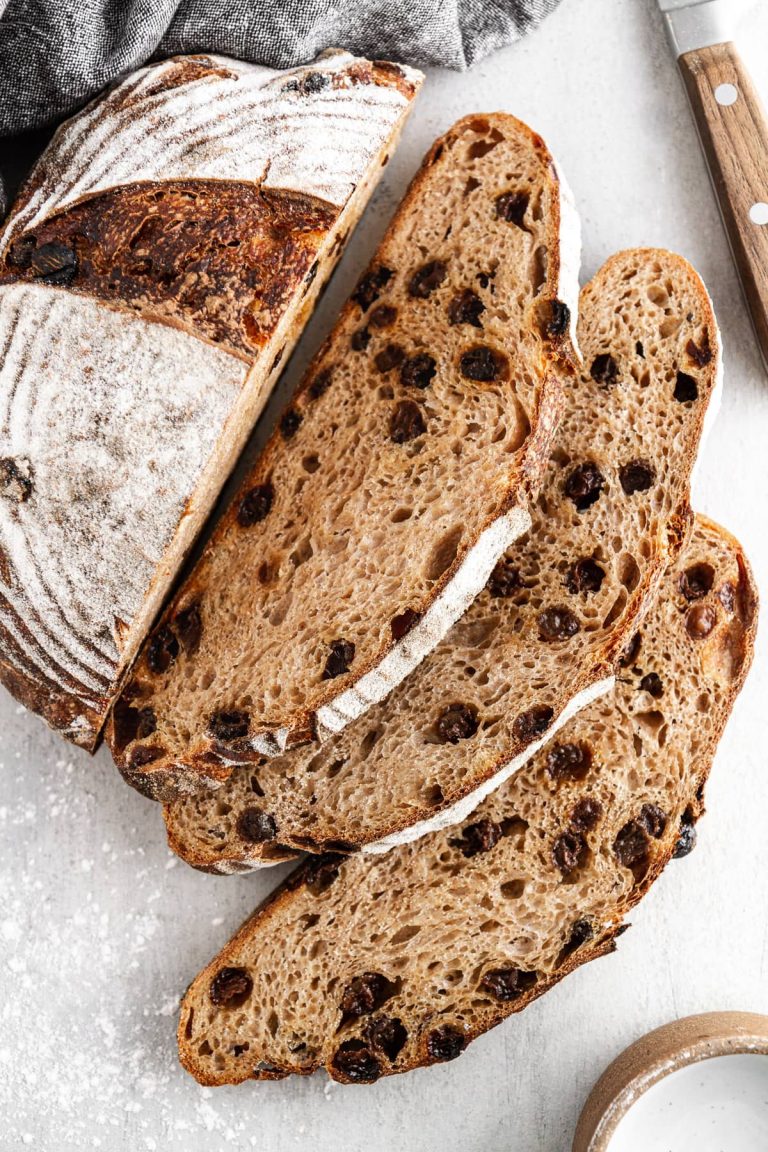Pickled Daikon Radish And Carrot for Maximum Flavor and Freshness
Pickled daikon radish and carrot hold an important spot in Asian cuisine, particularly in Vietnam and Japan. In Vietnam, do chua (pickled daikon radish and carrot) is a key ingredient in banh mi sandwiches. This tangy side balances the rich flavors of meats and pâtés. In Japan, pickled vegetables, or tsukemono, often accompany meals, adding a refreshing crunch and aiding digestion. Korean cuisine also features pickled radishes, known as danmuji, commonly seen in gimbap and banchan assortments. These examples underline the significant role these pickles play across various Asian dishes.
Evolution of the Pickling Process
The pickling process for daikon radish and carrot has evolved over centuries. In ancient times, people used natural fermentation to preserve vegetables. Salt and time were the primary agents, enabling lactobacilli bacteria to create lactic acid, which preserved the vegetables. As techniques refined, vinegar emerged as a prominent ingredient, shortening the pickling process. Modern pickling often combines vinegar, sugar, and salt, allowing for quicker results while maintaining the distinct tangy flavors. This evolution underscores the adaptation of traditional methods to contemporary needs.
The journey of pickled daikon radish and carrot, rooted in history and tradition, illustrates their enduring appeal across diverse culinary practices.
Ingredients and Preparation
Essential Ingredients for Perfect Pickling
To prepare pickled daikon radish and carrot, you’ll need specific ingredients with exact amounts. This ensures the right balance of flavors and optimal pickling.
- Daikon Radish: 1 medium, peeled and julienned
- Carrots: 2 medium, peeled and julienned
- White Vinegar: 1 cup, for tanginess and preservation
- Sugar: 1/2 cup, for sweetness
- Salt: 1 tablespoon, for flavor and preservation
- Water: 1 cup, to dilute the vinegar solution
These ingredients are essential for achieving the perfect pickled taste and texture. The daikon radish and carrot provide the main components, while vinegar, sugar, salt, and water create the pickling brine.
Step-by-Step Guide to Making Pickled Daikon Radish and Carrot
Follow these steps to make flavorful pickled daikon radish and carrot.
- Prepare the Vegetables: Peel and julienne the daikon radish and carrots into uniform matchstick-sized pieces.
- Mix the Brine: In a bowl, combine white vinegar, sugar, salt, and water. Stir until sugar dissolves completely.
- Pack the Vegetables: Place the julienned radish and carrots into a clean glass jar or container, ensuring they’re tightly packed.
- Pour the Brine: Pour the vinegar mixture over the vegetables, making sure they’re fully submerged.
- Seal and Store: Seal the jar with a lid and store it in the refrigerator for at least 24 hours before serving. This allows the flavors to meld.
You can store pickled daikon radish and carrot in the refrigerator for up to 2 weeks. This process enhances meals with a tangy crunch, perfect for complementing rich dishes in various Asian cuisines.
Nutritional Benefits
Health Benefits of Daikon Radish and Carrot
Pickled daikon radish and carrot offer several health benefits. Both vegetables are rich in essential vitamins and minerals. Daikon radish provides vitamin C, calcium, and potassium. Carrots are high in beta carotene, which converts to vitamin A, supporting vision health.
Consuming these pickled vegetables boosts your intake of antioxidants. Antioxidants combat free radicals, reducing oxidative stress and inflammation. The fermentation process in pickling further enhances their probiotic content, promoting gut health.
Diet and Digestion Advantages
Adding pickled daikon radish and carrot to your diet aids digestion. The high fiber content in both vegetables helps maintain regular bowel movements. Fiber also supports a healthy weight by promoting a feeling of fullness.
Fermented foods, like pickled daikon radish and carrot, contribute beneficial bacteria to your gut microbiome. These probiotics improve digestion and nutrient absorption. Regular consumption can enhance digestion, prevent constipation, and improve overall gut health.
Culinary Uses
Incorporating Into Meals
Enhance your meals by incorporating pickled daikon radish and carrot as a tangy side dish. Add these pickles to banh mi sandwiches to balance the richness of meats and pâtés. Serve them alongside grilled or roasted meats for a fresh, crunchy contrast. Use them as a topping for rice bowls or ramen to add vibrant color and a burst of flavor. For salads, mix them with greens for a zesty addition or use them as a garnish to elevate simple salads.
Innovative Recipes with Pickled Daikon Radish and Carrot
Experiment with various recipes to include pickled daikon radish and carrot creatively. Try making a pickled veggie slaw by mixing them with shredded cabbage, cilantro, and a light vinaigrette. Prepare sushi rolls or Korean kimbap with pickled veggies for added zest and crunch. Create a fusion taco using these pickles as a topping for grilled fish or pork tacos, spiced with a bit of Sriracha or lime juice. Include them in wraps or spring rolls for added texture and flavor.
Storage and Preservation Tips
Best Practices for Longevity
Store pickled daikon radish and carrot in an airtight container. This prevents exposure to air, which can compromise flavor and crispness. Refrigerate immediately after preparation to maintain freshness and extend shelf life. Use clean, dry utensils each time to avoid introducing contaminants. Aim for consistent temperatures; fluctuating temperatures can soften the vegetables and reduce shelf life. Label containers with preparation dates to keep track of freshness, as pickled vegetables are best consumed within 2-4 weeks.
Common Mistakes to Avoid
Avoid storing pickled daikon radish and carrot in unsealed containers. Proper sealing ensures the brine remains effective longer. Do not use metal containers, as acidic brine can react with metal, affecting taste and safety. Neglecting to refrigerate can lead to spoilage. Skipping dates on labels can result in consuming expired pickles, risking food safety. Avoid using utensils that have contacted other foods to prevent cross-contamination and spoilage.
Conclusion
Pickled daikon radish and carrot are versatile additions that can elevate your meals with their unique flavor and texture. By following the proper preparation and storage techniques, you’ll enjoy these tangy treats while ensuring their longevity and safety. Whether you’re adding them to salads, sandwiches, or as a side dish, these pickled vegetables offer both health benefits and culinary delight. Remember to avoid common pitfalls like improper sealing and neglecting refrigeration to keep your pickles fresh and delicious. Enjoy experimenting with this delightful and nutritious addition to your culinary repertoire!






